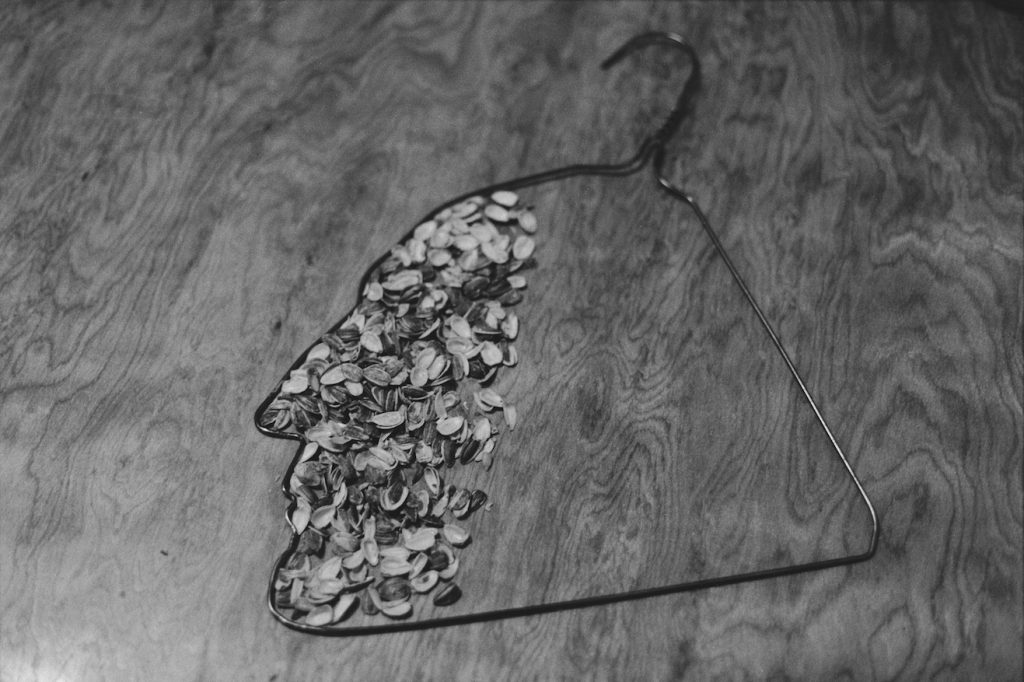Minimalism in art is an oasis of simplicity, pushing our perceptual abilities with a keen focus on the necessary. This movement, which began in the late 1950s and continued to thrive throughout the 1960s and 1970s, removes the extraneous, enabling spectators to interact with the raw essence of art. Pioneers like Donald Judd, Agnes Martin, and Robert Morris set the path for an art form that expresses itself through simple geometric forms and monochrome hues. Sparsness uses clarity and simplicity to encourage thinking and generate emotion by reducing art to its core elements. The present inquiry uncovers the strength and complexity inherent in the realm of Minimalism, we discover its long-lasting impact on modern art and design, emphasizing its role in redefining our perception of aesthetic worth.
The Birth of Minimalism
Minimalism first appeared in the late 1950s and early 1960s, particularly in the United States. It was an immediate reaction to the popular abstract expressionism of the moment. Artists strove to pare down to simple terms, emphasizing the concept that art should not refer to anything except itself. The era witnessed the growth of a movement that expressed simplicity, geometric shapes, and the employ of monochromatic hues.
Key Characteristics of Minimalist Art
The utmost clarity of shape and content is what distinguishes minimalist art. Artists restricted their artworks to their most fundamental aspects, frequently using square forms, repeating patterns, and limited color palettes. This reduction sought to remove personal expression and story from the artwork, allowing the audience to enjoy the thing alone, devoid of extraneous allusions or emotional undertones.

Influential Artists of the Movement
Donald Judd, widely considered as a significant figure in minimalism, challenged the conventional notions of sculpture with his stark, repetitive shapes. Sol LeWitt elevated minimalism to the forefront of conceptual art, prioritizing its principles over the execution. Agnes Martin’s paintings, with their gentle lines and soft color palettes, elicit a contemplative response, representing the minimalist attitude of discovering depth in simplicity.

Minimalism Across Mediums
While minimalism is commonly linked with artistic endeavors, it has also invaded other mediums. Steve Reich and Philip Glass used minimalist music methods. They created soundscapes with repeated rhythms and phasing. In Architecture, minimalism values open spaces and natural light. Architects like Ludwig Mies van der Rohe and Tadao Ando show this in their work.

The Impact of Minimalism on contemporary Art
Minimalism’s impact has spread well beyond its height in the 1960s and 1970s. Its ideals of simplicity and emphasis on the fundamental properties of materials have impacted modern artists and movements. Minimalism shines through in clean lines and one-color palettes. Artists like Anish Kapoor and Ai Weiwei exemplify this. Their work balances the physical piece with the underlying concept.

Minimalism in the Digital Age
The digital era has witnessed a revival of minimalism values, notably in design and lifestyle. Modern technology features clean, straightforward interfaces. This reflects minimalism’s lasting appeal in today’s living environments. Trends now favor uncluttering and simplification. In digital art, minimalism finds new expression. Abstract compositions and interactive installations are key. These explore the interaction between space, observer, and technology.

The critique of Minimalism
While minimalism has supporters, it has also been criticized for its apparent coldness ans absence of emotional depth. Critics claim that the movement’s pursuit of objectivity and reduction might cause a detachment from the human experience and the social context of art. Despite these criticisms, minimalism remains a major influence, encouraging both creators and viewers to reconsider the function of art in society.
The Legacy and Future of Minimalism
Minimalism has created an everlasting impact on the art world, questioning traditional notions of representation, expression, and the artist’s position. As we move forward, it is evident that minimalism’s principles-Simplicity, emphasis on materials, and the elimination of the unnecessary- will endure to influence artists and designers. The power of simplicity, as evaluated via minimalism, continues to demonstrate that in art, like in reality, less may be more.
Minimalism in art has drastically changed our perception of beauty and expressiveness. Pioneers such as Donald Judd, Agnes Martin, and Yayoi Kusama have guided us into a zone where simplicity expresses substantial significance. This movement, which began in the 1960s and 1970s, emphasized the idea that less may be more. Its influence is still obvious in current design, architecture, and ways of life, stressing the force and depth of minimalism. It encourages us to explore what lies beyond the apparent and embrace the beauty of the subtle. It indicates that the most essential ideas are frequently transmitted not via complexity, but by careful selection of what is genuinely vital. Minimalism’s continued influence underscores the timeless attraction of simplicity, reminding us of the splendor in clarity and the power in restraint.







